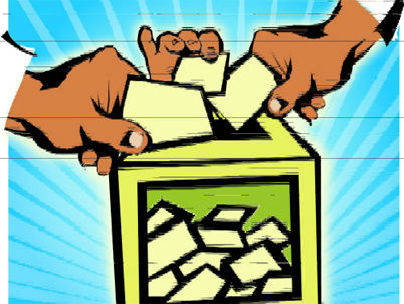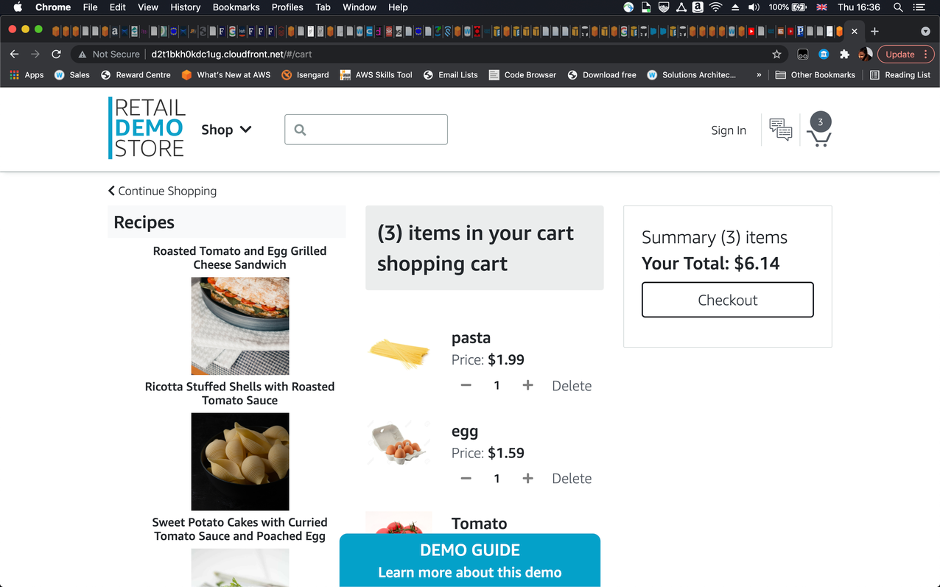California started entertaining the idea of digital license plates in 2013. While the governor was quick to sign legislation in favor of the new technology, they’re only now beginning to hit the streets. Known as the Rplate, they don’t come cheap — and they include some controversy.
Saving time and money
California is doubling down on their investments to help save the state money and maximize their overall return on investment, too. The only place to get them is a car dealership — not through the state or the department of motor vehicles — and they cost $699 plus a monthly fee.
But the real benefit comes from eliminating the traditional license plate tags. These stickers, which typically require renewal every year, account for a portion of the state’s yearly expenses.
Not only does this maximize ROI for the dealership and the state, but they save motorists the time and hassle of having to visit the DMV in person.
Bolstering advertisement campaigns
The new digital plates have the potential to help maximize ROI in other areas, too. Innovative and tech-savvy marketing pros could use the license plates to monitor where consumers drive and which billboards they pass regularly. While it’s been difficult to track the ROI of such ads in the past, for better or worse, digital license plates would make it easier.
While some marketers are clamoring to try out the new technology to benefit their campaigns, the new plates are creating some controversy among motorists and privacy activists.
Do you want a business or marketing agency tracking your every movement? What if the government or law enforcement adopts similar technology? Will this ultimately lead to a mass invasion of consumer privacy?
A plethora of questions remain — and with good reason. According to recent tests by Cloudian and Dentsu, smart billboard vehicle recognition is correct 94 percent of the time.
The system uses a combination of stored data — digital images of known vehicles — plus sophisticated machine learning and artificial intelligence to spot specific vehicles. Once the technology identifies a car, it sends a relevant ad to the nearest billboard. These digital ads remain visible for up to five seconds.
For now, at least, Rplate’s tracking ability is only available to company and fleet vehicles and primarily for ensuring driver safety or verifying routes. But if the government begins using the technology, or if a hacker gains authorized access to a plate, it’s easy to see the potential for misuse.
User customizability
But it isn’t all bad news for consumers who opt for the digital plates. By using the same technology as the Kindle device, the plate maintains the vehicle’s license plate number during normal operation — but it’s possible to program it to flash a customized message whenever the vehicle stops. The plate number will remain visible in the right corner.
Law enforcement officials are eyeing the plates for their ability to track and recover stolen vehicles. The Rplate reportedly comes with a built-in alert system that automatically displays the word “Stolen” when an alarm is triggered.
Of course, this only works if the plate stays attached to the car. This feature is of little use if a tech-savvy thief removes the plate.
Weighing the pros and cons
The Rplate is just as much a luxury item as it is a safety feature. Apart from alerting other motorists to stolen vehicles, local governments that attach these plates to their fleet vehicles can display traffic or weather information to other drivers in real time.
Although there is some controversy and the potential for misuse in the coming years, it seems the pros far outweigh the cons — for now.


